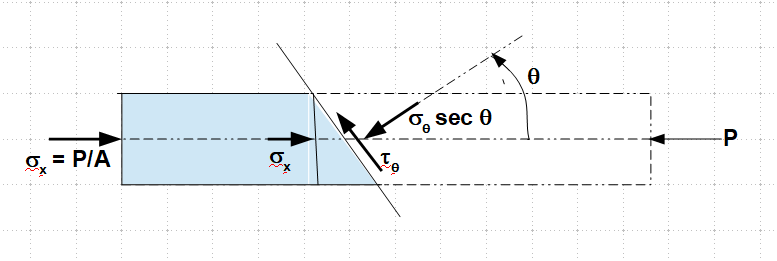The Mohr circle is a tool that helps visualize the stress state in a location in the structure. The way I interpret it is that each point in the Mohr circle represents the stresses at a rotated coordinate system. (For the 2D case) in two of the orientations (the principal directions), there is no shear stress, while in the 45 degrees to those planes the maximum shear stress is observed (with non zero normal stresses in the general case).
The maximum shear stress in the bending of a rectangular beam is the maximum shear stress along the cross-section in a specific coordinate system which one axis is along the beam, another parallel to the transverse forces. For each point along the crosssection of the beam its possible to draw a Mohr's circle.
In the pure bending case of a symmetric beam (maybe in the asymetric also) the maximum shear stress of the neutral axis coincides with the maximum shear stress from the Mohr's circle. The reason is that there are no normal stresses.
At any other point above and below the neutral axis, the maximum shear stress obtained by the Mohr's circle is different to the shear stress calculated by the $\frac{VQ}{It}$ equation. (I would hazard a guess that the maximum shear stress as obtained by the Mohr's circle is maximum at the furthest points from the neutral axis and their magnitude is greater than $\frac{3V}{2A}$, because yielding and failure usually initiates at the edges of the cross-section.)


